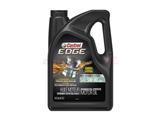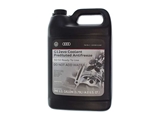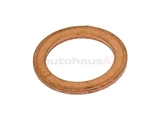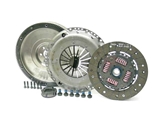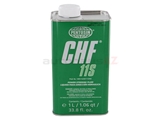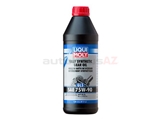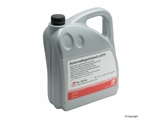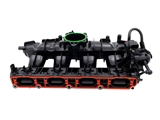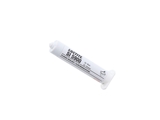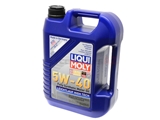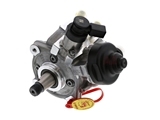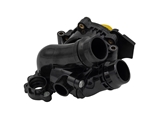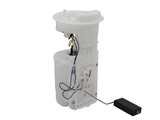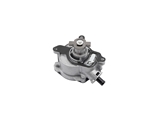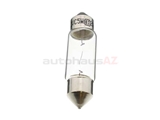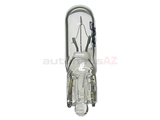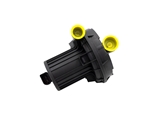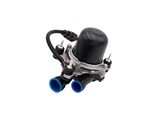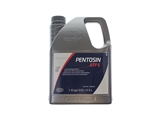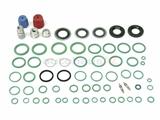VW Beetle Parts - OEM and Genuine
Showing 20 out of 6562 part(s) found in our catalog.
Brand
Keyword
Category
Select category below to view parts.
Mon-Fri 8-4 MST/PST (Arizona Time)

Volkswagen is a German word that literally translates to "peoples car", an apt description for one of the most successful, accessible, and long-running vehicles ever built. Conceived and designed before World War II, it was not mass-produced until after the war, really picking up in the late 1940s. Much like the Ford Model T a half century before, the Beetle, or Type 1 as it was originally known, changed the worldwide automotive landscape forever.
The initial outlook for the car that became known as the Beetle was uncertain. As Germany emerged from the ashes of the war that took a heavy toll on industrial production, the Volkswagen nearly became just a footnote in history. It's factory heavily bombed during the war, it was just luck that left much of the key machinery and tooling untouched. With the Allies leading the post-war rebuilding effort, the factory was deemed worth saving to help fill the rapidly growing need for military and civilian vehicles as the world recovered from devastating conflict. Because of a solid design that was relatively easy to manufacture, the Beetle took off, the 1,000,000th vehicle rolling off the assembly line around 1955.
While the design was simple, it was unique. With a rear-mounted, air-cooled, horizontally-opposed engine there were few similarities to other vehicles produced at the time. Besides the mechanical differences, the looks of the Type 1 were radical for the era as well. What we would refer to as an aerodynamic shape was largely a coincidence as a vehicle with an initial top speed of under 70 mph didn't have much need for such a slick shape. But that unmistakable silhouette would soon become known worldwide and spur the nickname Beetle as its popularity soared.
Buy VW Beetle Parts Online
Mechanically, the Beetle's simplicity was one of its greatest assets. The rear-mounted 4-cylinder boxer engine was incredibly reliable and easy to repair. The lack of a radiator, water pump, hoses and piping for coolant were key factors in the simplicity and reduced production costs as well. Air cooling was accomplished with a fan and shroud which directed cooling air around the cylinders and was aided by an oil cooler to help keep the engine from overheating. The first engine was an 1100cc unit producing a whopping 25hp. The engine displacement was increased over the years topping out at 1600cc, this combined with other improvements eventually more than doubled the initial power output to 60hp.
Other upgrades and refinements over the production added to the comfort and safety of the passengers. The mid-60s saw major improvements to the platform including suspension and steering upgrades. Even things we take for granted today like a fuel gauge didn't appear in the Beetle until this decade. 1965 saw major changes to the body, most noticeably the window size increased significantly and the windshield now had a slight curve. Further upgrades throughout the 60s included many improvements to meet tightening safety standards around the world.
Although nearing the end of its heyday in the 1970s, the Beetle was far from done. 1972 featured a key milestone for the Beetle, surpassing the Model T as the most produced vehicle in history with over 15,000,000 made to that date. However competition from new Japanese compact cars began to take its toll on Beetle sales and popularity began to wane. But this icon of the automotive industry continued to be produced for another 30 years. Amazingly, it wasn't until 2003 that the final Beetle was produced by Volkswagen. Volkswagen Type 1, number 21,529,464, left the Puebla, Mexico factory on July 30, 2003, ending a historic 65-year production run and cementing its place as the most widely produced vehicle and the longest run of production for a single model.
Today Beetles are seeing a resurgence in popularity with gearheads of all ages for restoration projects. With so many produced, parts are easy to come by and affordable. Many original OEM parts are out of production, but reproduction parts are readily available and many times improve on the original design due to modern materials and manufacturing processes. The simplicity of the design makes it an easy car for even the novice mechanic to wrench on. It's often said that you can fix almost any problem on a Beetle with only a hammer, screwdriver and pair of pliers. While not exactly true, this is a good example of the Beetle's reputation as a great restoration project car.



